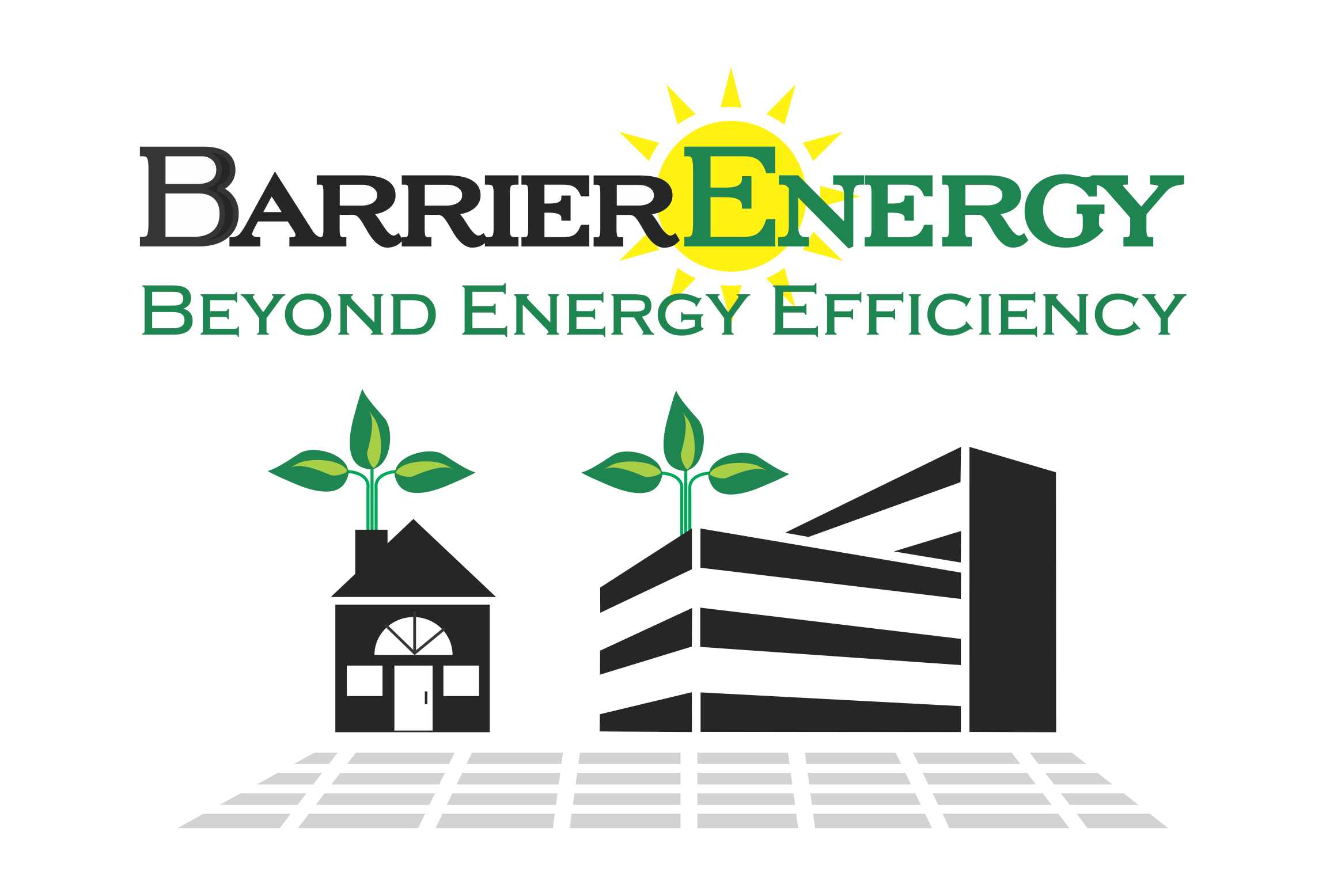Duct Leakage Testing
BarrierEnergy’s technicians are expert at Duct Leakage Testing, find out more below!
Title 24 Compliance
Title 24 of the California Energy Commission (CEC) outlines energy efficiency standards for new, altered, and existing buildings in the state of California. California requires a minimum mandatory energy score, as well as mandatory compliance measures. Optional upgrades and tests can translate into compliance points. For more information, visit the CEC website.
HERS Raters
The Home Energy Rating System (HERS) is used to test and enforce energy code standards set by the California Energy Commission. HERS Raters are private building inspectors who perform state compliance inspections and functional tests on residential and commercial buildings. Compliance testing has been legally required since 1974, and the codes are updated every couple of years. A HERS Rater is licensed by the Environmental Protection Agency (EPA) as an HVACR (Heating, Ventilation, Air conditioning, Cooling, Refrigeration) technician. At BarrierEnergy, our certified HERS Raters are thoroughly trained on all new building codes and regulations.
Duct Leakage Test Definition
Whenever a new HVAC (Heating, Ventilation, Air Conditioning) system is installed or changes are made to an existing system in California, technicians must verify the quality of the installation by measuring the leakage of airflow from the system. The duct leakage forms are known as the CF2R-MCH-04 and CF3R-MCH-04. According to California’s Building Energy Codes, we have a legal obligation to assure the duct system is tightly sealed. This requires that the Rater performs a visual inspection of the ductwork prior to testing. We are looking at the quality of the entire system including system components, materials, duct insulation, register boots, and plenums. Installers should only use approved materials to seal seams and connections. We will also check for the presence of asbestos, as that provides an exemption to testing.
To perform this test, our technicians start by turning off all mechanical systems and sealing off all supply vents in the building. Then, they attach a blower door to the return register, in order to pressurize the system to 25 Pascals. Next, they use a manometer to read the airflow leakage rate in CFMs (cubic feet per minute). Lastly, this data goes into the appropriate CF2R and CF3R forms, which are located in an online registry. A licensed and certified field technician is the only one who can sign off on HERS-verifiable diagnostic tests. As HERS Raters, this is our specialty!
Why it’s Important
Duct leakage testing will ensure structural and mechanical integrity for the owner. Excessive leaks cause energy and money to be wasted because the HVAC system will have to overcompensate. A failing duct leakage test indicates that the system is not running efficiently. If the HVAC isn’t running efficiently, owners may experience less creature comfort and higher energy bills. According to CalCERTS, one of California’s HERS Providers, duct leakage waste 10% to 30% of heating and cooling energy on average. Plus, an overexerted system causes long-term maintenance or even full replacement. The system could fail before its usual “lifetime,” which can be quite costly!
Additionally, particulate matter can exacerbate the issue. If moisture gets into ductwork via gaps, mold can grow throughout the entire ductwork. Not only is replacing ductwork extremely expensive, but it’s a huge health hazard. Our goal is to catch problems early on with duct leakage testing, to prevent deterioration.
Trouble-Shooting
Don’t worry about a failing test result because we can often resolve the issue. New ductwork is considered to be all accessible, meaning there are no exemptions to the 5% duct leakage allowance. That is why it is essential for us to test the system at rough while the walls are still open in new construction projects. The earlier we can get on site, the better, so that we can resolve any issues that arise. For example, we can run through some diagnostics with the installer to have them correct any leaks. Sometimes, we can spot the problem area(s) visually.
Alternatively, we may utilize a smoke test for diagnostic purposes on existing ducts, which allow 15% leakage. With the duct tester hooked up, we would run a smoke machine in front of the pressurizing fan. The fan distributes nontoxic smoke throughout the ductwork. Then, we can easily identify where the leak is coming from. Common problem areas include plenums, and duct connections. Leaks can also be caused by rodent infestations. Once we find the leak, we will advise the installer on how to proceed with fixing all accessible leaks. Simple solutions include electrical tape or caulk. After all reachable leaks have been sealed, we can either re-test the system to get a passing result or pass it under the “seal all accessible leaks” exemption.
Need a Rater? At BarrierEnergy, we have over a decade of experience. We ensure quality reporting and satisfaction with our services. Contact Us with any questions you have. We’re based out of Santa Barbara, California, and serve most of the Mid-Southern Coastline including Ventura County and San Luis Obispo County.
(888) 383-HERS (4377)
Contact Us
Please, let us know if you have a question or a comment!
